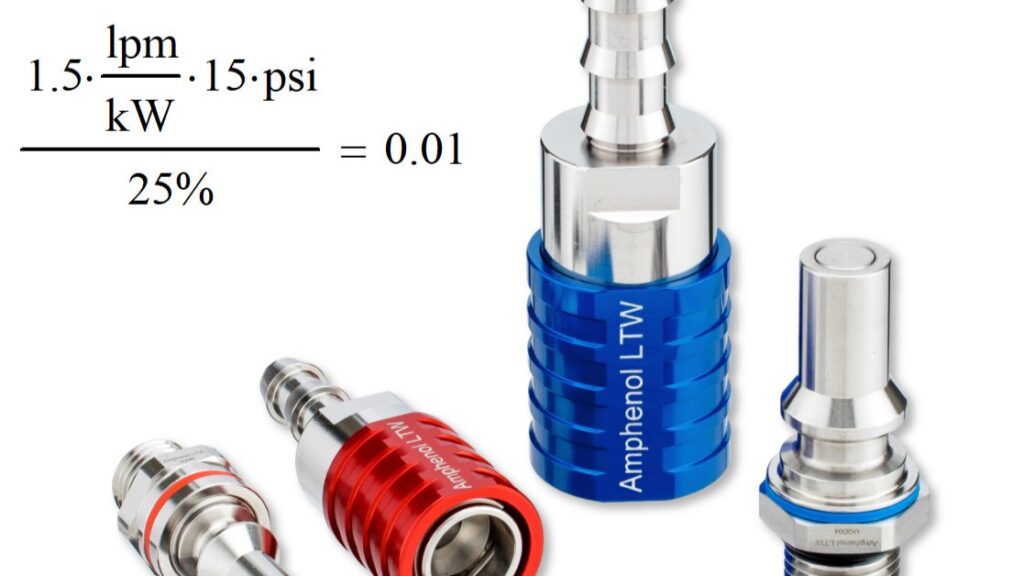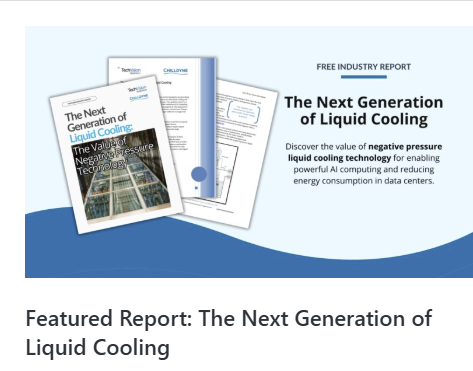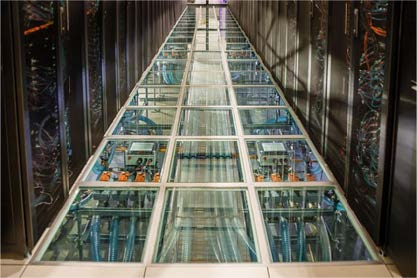Improving Liquid Cooled Server Efficiency with Larger Connectors and Better Design saves .01 PUE*
We know that switching from air cooling to liquid cooling in a data center improves efficiency because water is better at carrying away heat than air. Anyone who has walked into a beer cooler at 45°F and jumped into a mountain stream at 45°F will tell you that the liquid sucks away heat faster. This […]






